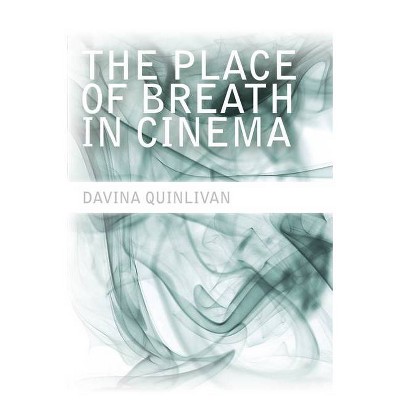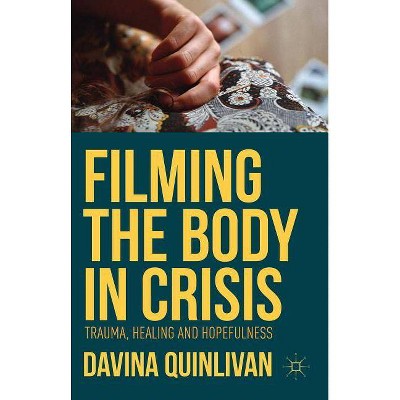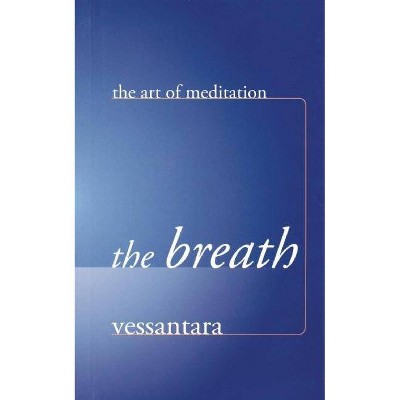The Place of Breath in Cinema - by Davina Quinlivan (Paperback)

Similar Products
Products of same category from the store
AllProduct info
<p/><br></br><p><b> About the Book </b></p></br></br><p>This study considers the locus of the breathing body in the film experience and its implications for the study of embodiment in film and sensuous spectatorship. </p><p/><br></br><p><b> Book Synopsis </b></p></br></br><p>How can the cinema articulate the interstices between visibility and invisibility, and how are such notions of absence and the unseen implicated in the film experience? This study considers the locus of the breathing body in the film experience and its implications for the study of embodiment in film and sensuous spectatorship. Quinlivan puts forward a mode of critical engagement with film shaped by the foregrounding of the human body in the filmic diegesis and the viewing experience. The book's foregrounding of the human body as an, importantly, breathing body in film, coupled with its fresh engagement with continental philosophy, Post-Structuralist Film Theory and Contemporary Western Cinema, makes a unique and valuable contribution to the field.</p> <p>Key features: </p> <ul> <li>Case studies are taken from the work of major directors, including David Cronenberg, Atom Egoyan and Lars von Trier</li> <li>Key concepts explored are filmic space (air and the elemental in film), corporeality (bodies on screen and the film itself as a breathing body) and inter-subjectivity (community and sociality)</li> <li>Makes a notable contribution to the study of film sound and haptic perception</li></ul><p/><br></br><p><b> About the Author </b></p></br></br><p>Davina Quinlivan is an independent critic and writer, as well as part-time lecturer in Film Studies at King's College, London and Kingston University.<p>
Price History
Price Archive shows prices from various stores, lets you see history and find the cheapest. There is no actual sale on the website. For all support, inquiry and suggestion messagescommunication@pricearchive.us




















